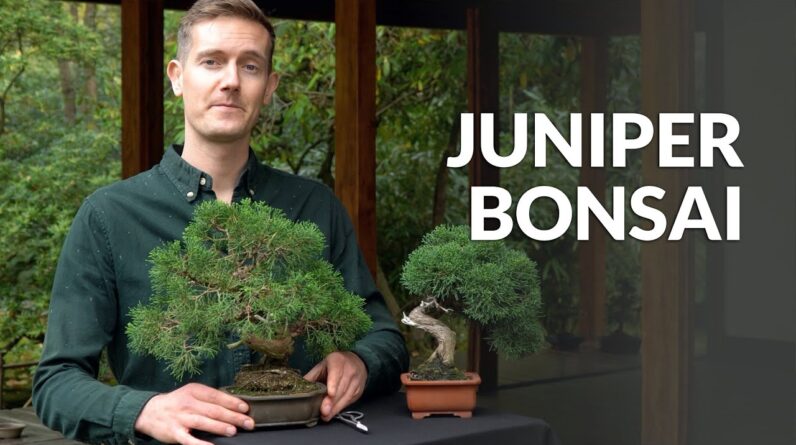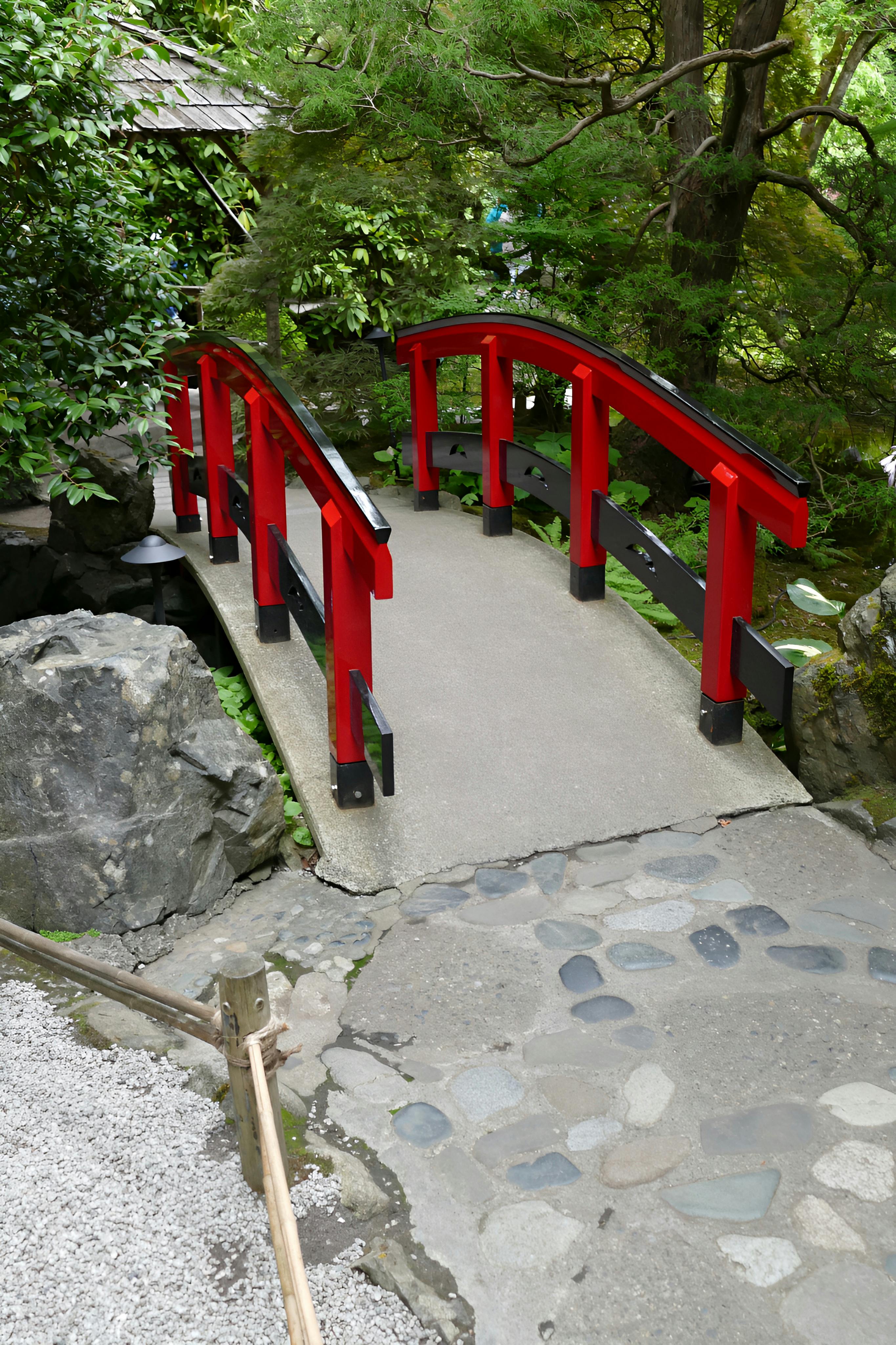
Have you ever wondered if you can bring the beauty of a Juniper Bonsai indoors? Well, you’re in luck! In this article, we will explore the possibility of having a Juniper Bonsai as a captivating addition to your indoor space.
Follow along as we delve into the world of bonsai trees, with insights and tips from renowned bonsai expert Peter Chan. From the various species of bonsai trees such as the Ficus, Elm, and Birch, to the unique techniques of shaping and pruning, we will cover all the essential information you need to know.
So grab your shears and get ready to discover the art of bonsai in the comfort of your own home. Can You Have A Juniper Bonsai Indoors? Let’s find out!
Juniper Bonsai Indoors
If you’re a fan of bonsai trees and considering adding one to your indoor plant collection, you may be wondering if you can have a juniper bonsai indoors. While juniper bonsai trees are traditionally outdoor plants, it is possible to keep them indoors with proper care and attention. In this article, we will explore the requirements for growing a juniper bonsai indoors and provide some helpful tips for successfully maintaining this delicate and beautiful tree in your home.
The Juniper Bonsai: A Popular Choice
The juniper bonsai is one of the most popular choices among bonsai enthusiasts for its striking appearance and ease of care. With its intricate branching structure and delicate foliage, the juniper bonsai offers a sense of tranquility and beauty, making it a perfect addition to any indoor space. Its evergreen nature also means that it retains its lush green color all year round, adding a touch of natural beauty to your home.
Understanding the Juniper Bonsai’s Needs
Before bringing a juniper bonsai indoors, it’s crucial to understand its specific needs and requirements. Juniper bonsai trees thrive in outdoor environments due to their need for ample sunlight, good air circulation, and temperature fluctuations. However, with the right conditions, it is possible to replicate these elements indoors and create a suitable environment for your juniper bonsai to thrive.
Lighting Requirements
One of the most critical factors for successfully growing a juniper bonsai indoors is providing adequate lighting. Juniper bonsai trees require a minimum of 6 hours of direct sunlight each day. Therefore, it is essential to place your bonsai tree in a location where it can receive ample natural light. Ideally, choose a south-facing window or a spot near a window with direct sunlight. If natural light is limited in your home, you can supplement it with artificial grow lights, ensuring the tree receives the necessary light for photosynthesis.
Temperature and Humidity
In addition to proper lighting, maintaining the right temperature and humidity levels is crucial for the health of your juniper bonsai. Juniper bonsai trees prefer cooler temperatures, ideally ranging between 60 and 75 degrees Fahrenheit during the day and slightly cooler at night. Avoid placing your bonsai tree near heating vents or drafts, as extreme temperature fluctuations can stress the plant. Additionally, juniper bonsai trees appreciate moderate humidity levels. To increase humidity, you can place a tray filled with water near the bonsai or use a humidifier.

Watering and Soil
Proper watering is essential for the health of any bonsai tree, including the juniper bonsai. It is crucial to find the right balance, as overwatering or underwatering can harm the tree. Water your juniper bonsai when the top inch of soil feels dry to the touch. Ensure that the water reaches the roots by watering slowly and evenly. Additionally, it is vital to use well-draining soil specifically formulated for bonsai trees, as the juniper bonsai prefers soil that retains moisture without becoming waterlogged.
Pruning and Shaping
Pruning and shaping are integral parts of bonsai tree care and are necessary to maintain the desired size and shape of your juniper bonsai. Regular pruning helps to control the growth of the tree and encourages branching. Use sharp bonsai shears or scissors to trim off any unwanted growth, focusing on maintaining the tree’s overall proportions. Shaping your juniper bonsai can be a creative and enjoyable process, allowing you to create unique and artistic bonsai designs.
Potential Challenges
While it is possible to keep a juniper bonsai indoors, there are some challenges to be aware of. Limited space, restricted airflow, and a controlled environment can make it more difficult for the tree to thrive. Additionally, indoor conditions may make the tree more susceptible to pests, such as spider mites and scale insects. Regularly inspect your bonsai for any signs of infestation and take appropriate measures to prevent and treat pest issues.
While juniper bonsai trees are traditionally outdoor plants, with the right care and attention, they can be successfully grown indoors. Providing adequate lighting, maintaining suitable temperature and humidity levels, proper watering and soil, as well as regular pruning and shaping, are all crucial for the health and vitality of your juniper bonsai. By creating a conducive environment and monitoring the tree’s needs, you can enjoy the beauty and serenity of a juniper bonsai indoors. So go ahead and add a touch of nature to your home with this extraordinary bonsai tree.



